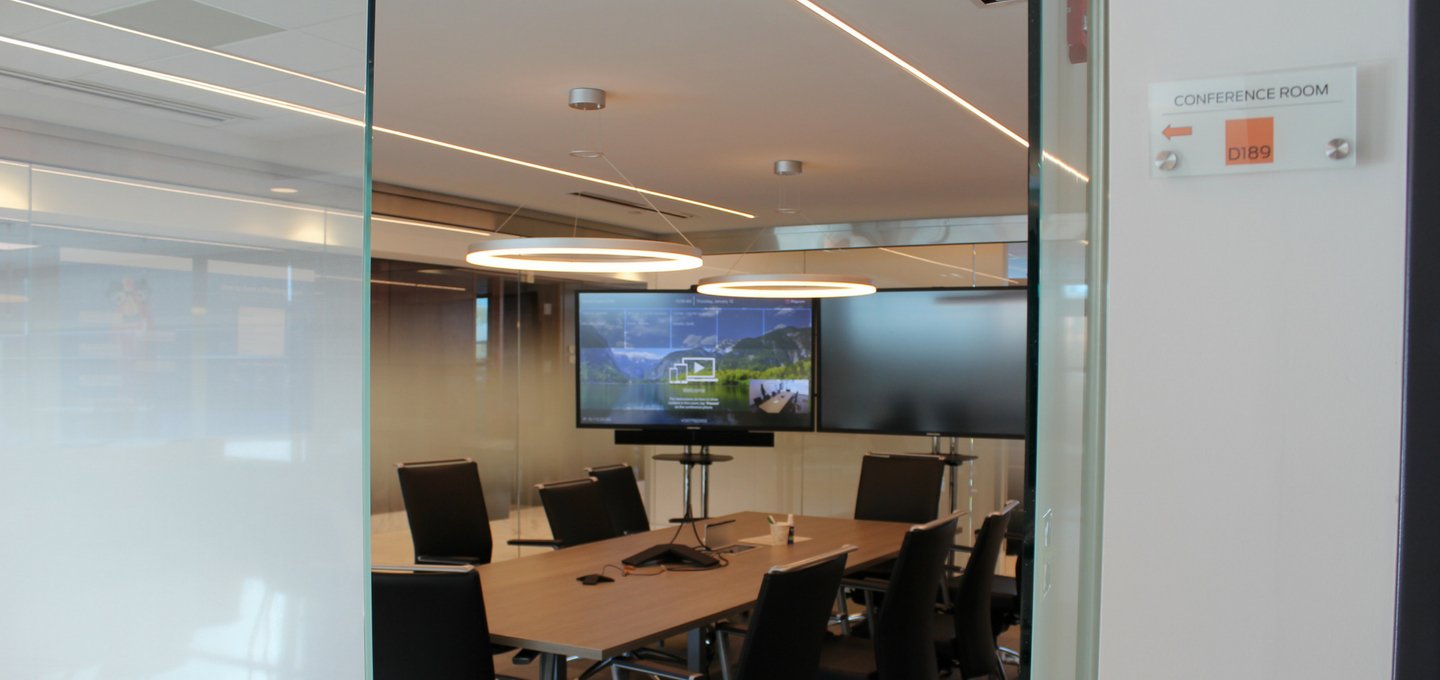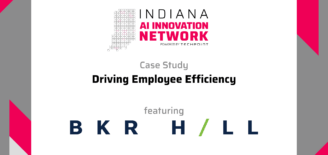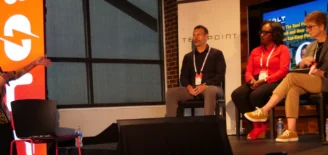Finding 10,000 ways that won’t work: part two
This is part four of a four-part innovation series by Allegion’s Director of Global Software Services Matt O’Dell. In this part, Matt shares how Allegion is promoting “permission-less innovation” and is creating a space that celebrates and learns from failure. Revisit part one, part two and part three of this series.
In my last post, I talked about the old way of innovation and how that’s all been changed in the Age of the Internet. Now the challenge for enterprises is learning to change and adapt to the practice of permission-less innovation.
I recently had the opportunity to attend an Allegion leadership conference. Early on the first day, Allegion’s CEO, Dave Petratis, spoke to us. One comment that struck me as especially relevant was a blunt statement that our biggest competitors would be coming after us, and that we must be “creative and nimble” to maintain our advantage. “Creative and nimble” were significant words to me. I wrote them down. I thought, “Hey, that’s what my team tries to do.” But I don’t think he was talking specifically to me. I think that message was meant for all of us.
That message can be easily misinterpreted, though. Here’s a couple of things that Dave did not say:
“We have to get it right on the first try.”
“We already know what’s best and have planned for it in our annual budget cycle.”
“Let our competitors take that risk.”
“We’ll be a fast follower.”
Why are we being challenged like this? Won’t we run around in a crazed frenzy of risky bets and careless expenditures? Or, maybe, just maybe, the risk isn’t that great at all?
Remember, the cost of trying something new is essentially zero. Permission-less innovation.
We know the cost is relatively low and our CEOs are asking us to be creative and nimble, so why don’t we do it? While writing this, I serendipitously stumbled onto this post. It’s a good reminder that we’ve been trained from an early age to avoid mistakes. Failure is bad. Avoid it. But as the author reminds us “If you’re unwilling to be wrong, it’s almost impossible to be original.”
If we’re going to innovate, we can’t be afraid to fail. And the only way to lose that fear is to take the risk. You see, fear is a paralyzer. It keeps you from challenging the status quo. It keeps you from stretching outside the safety of your comfort zone. It keeps you from asking “Why?” But the more you do those things, the more that fear loses its power over you. And the more that fear loses its power over you, the more freedom you have to do great things.
This is a message for us all, but even more relevant for our leaders. Leaders, do you celebrate your failures, too? Or do you hide them away and pretend like you never tried at all? Teddy Roosevelt once said, “Far better is it to dare mighty things, to win glorious triumphs, even though checkered by failure… than to rank with those poor spirits who… knows not victory nor defeat.” If you want your team to dare mighty things, you have to be willing to do the same. But you also must willingly fail sometimes.
Deploy or Die
Above, I said that our CEOs are “asking” us to be creative and nimble. I was being polite. I think it is really a grave warning. I can say with certainty that we will fall by the wayside if we don’t innovate. As Joi Ito puts it, deploy or die. But, the good news is it’s not a “sink or swim” proposition. If we jump in the deep end and don’t like the results, we can get back out of the water and jump in again.
Remember, the cost of trying something new is essentially zero. Permission-less innovation.
That’s no excuse to make the same mistakes over and over again. We avoid that by celebrating our failures – not hiding them. Or, as Thomas Edison (may have) said when he was inventing the lightbulb, “I have not failed. I’ve just found 10,000 ways that won’t work.” He didn’t try the same thing 10,000 times. He did what those kids in Shenzhen do.
So, you don’t have my permission to innovate. You don’t have it because you don’t need it. My permission or anybody’s. What are you waiting for?
Discover more about Allegion’s work and people.



